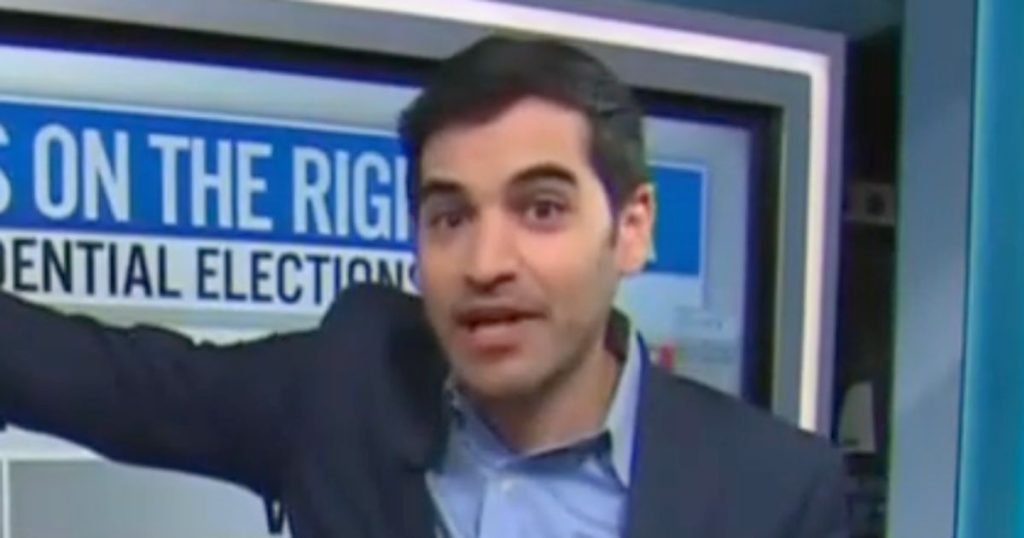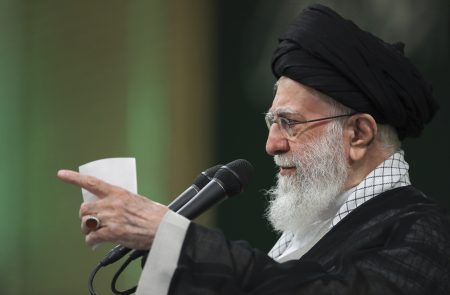CNN’s senior political data reporter, Harry Enten, highlighted a concerning issue for Vice President Kamala Harris’ potential campaign for president in the future. Enten pointed to polling data showing that only 28% of Americans believe the United States is on the “right track,” a figure that historically signifies a disadvantage for the incumbent party in the White House. Typically, when the incumbent party loses the presidential election, the “right track” figure averages around 25%, similar to the current 28%. On the other hand, when the incumbent party wins the election, the figure tends to average around 42%, indicating a positive outlook for the country. Enten expressed his belief that this low percentage is not a good sign for Harris’ potential campaign, as historically, a low percentage of Americans thinking the country is on the right track is associated with losing the election.
Enten compared the current 28% figure to past election years when the White House party has won another term in office. For example, President Bill Clinton won the 1996 election when the “right track” figure was at 39%, while Ronald Reagan was successful in his re-election bid when the figure stood at 47% in 1984. Enten emphasized that historically, there is no precedent for the White House party winning another term in office when only 28% of the country believes the country is on the right track. He underscored the importance of this data point in predicting election outcomes and suggested that the current state of public sentiment could pose a significant challenge for Harris if she decides to run for president.
Enten’s analysis and interpretation of the polling data highlight the potential obstacles that Vice President Kamala Harris could face in a future presidential campaign. The historical trend he pointed out, where a low percentage of Americans believing the country is on the right track is associated with losing the election, is concerning for Harris. This data suggests that Harris would face an uphill battle in winning the presidency if she were to run, given the current perception of the country’s direction. Enten’s assessment underscores the importance of public sentiment in shaping election outcomes and serves as a cautionary note for Harris and her potential political ambitions.
The comparison of the current 28% figure to past election years further reinforces Enten’s argument that Harris may struggle in a future presidential campaign. By noting the significantly higher “right track” figures in years when the White House party was successful in winning re-election, Enten emphasizes the importance of public perception in determining electoral outcomes. The stark contrast between the current figure and historical precedent suggests that Harris would have to overcome a substantial disadvantage if she were to run for president. The data presented by Enten serves as a wake-up call for Harris and her team, highlighting the need to address public sentiment and perceptions in any future political endeavors.
Enten’s analysis raises important questions about the potential challenges facing Vice President Kamala Harris as she navigates her political future. The polling data he highlighted, showing a low percentage of Americans believing the country is on the right track, serves as a warning sign for Harris and her potential presidential aspirations. The historical precedent he presented, where a low “right track” figure is associated with losing the election, underscores the potential obstacles Harris may encounter in a future campaign. Enten’s insights shed light on the importance of public sentiment in shaping electoral outcomes and provide valuable guidance for Harris as she considers her political trajectory.
In conclusion, Harry Enten’s analysis of the polling data regarding public perception of the country’s direction presents a challenging scenario for Vice President Kamala Harris and any potential presidential campaign she may undertake. The historical trends he pointed out, where a low “right track” figure has been associated with losing the election, highlight the steep uphill battle that Harris would face in seeking the presidency. Enten’s assessment serves as a cautionary note for Harris and underscores the need to address public sentiment and perceptions in any future political endeavors. As Harris navigates her political future, she will need to confront these challenges and work to overcome the obstacles identified by Enten’s analysis.













